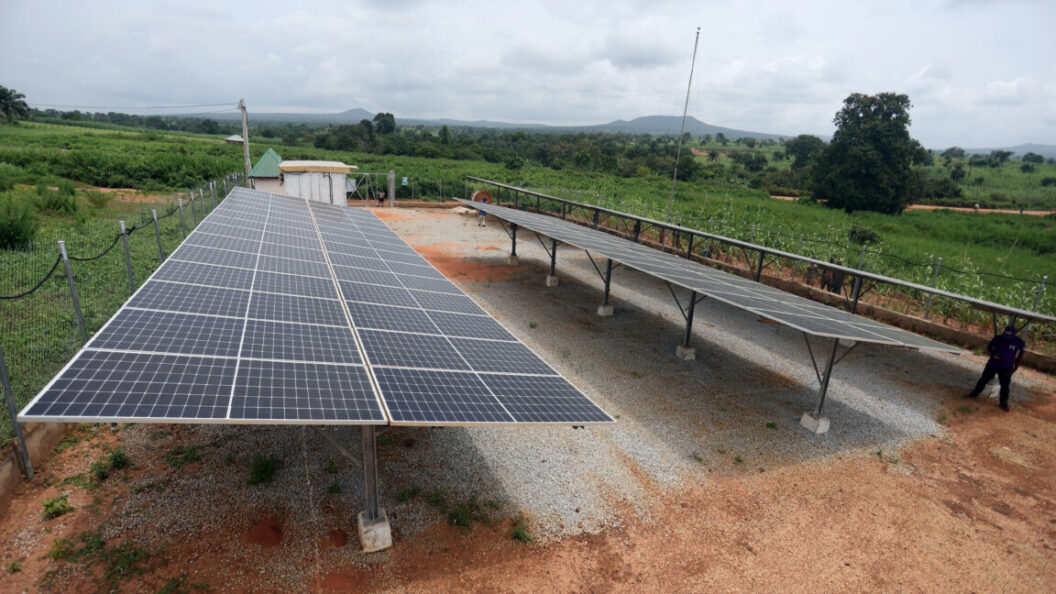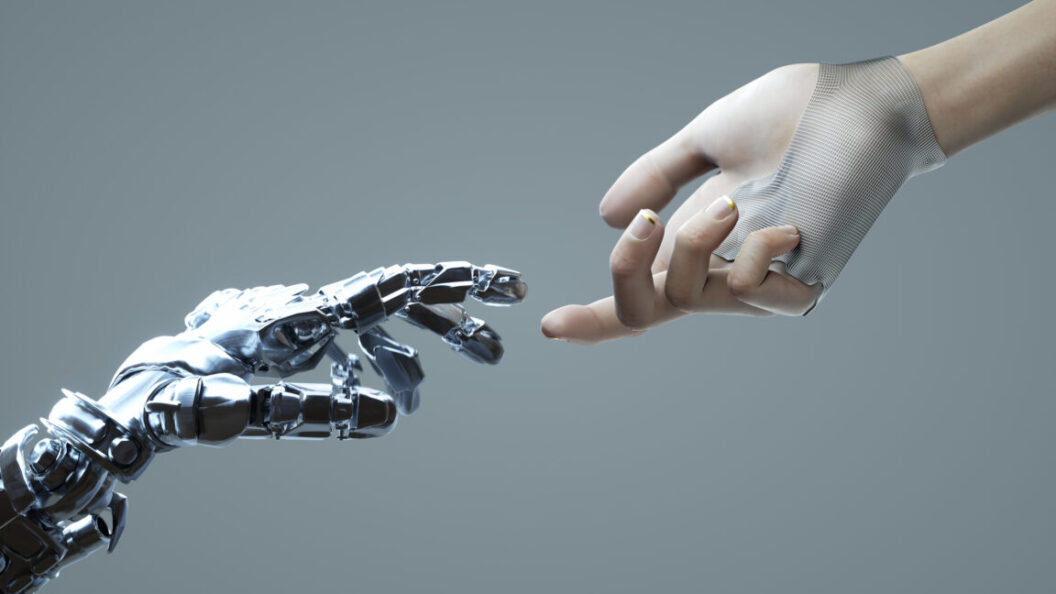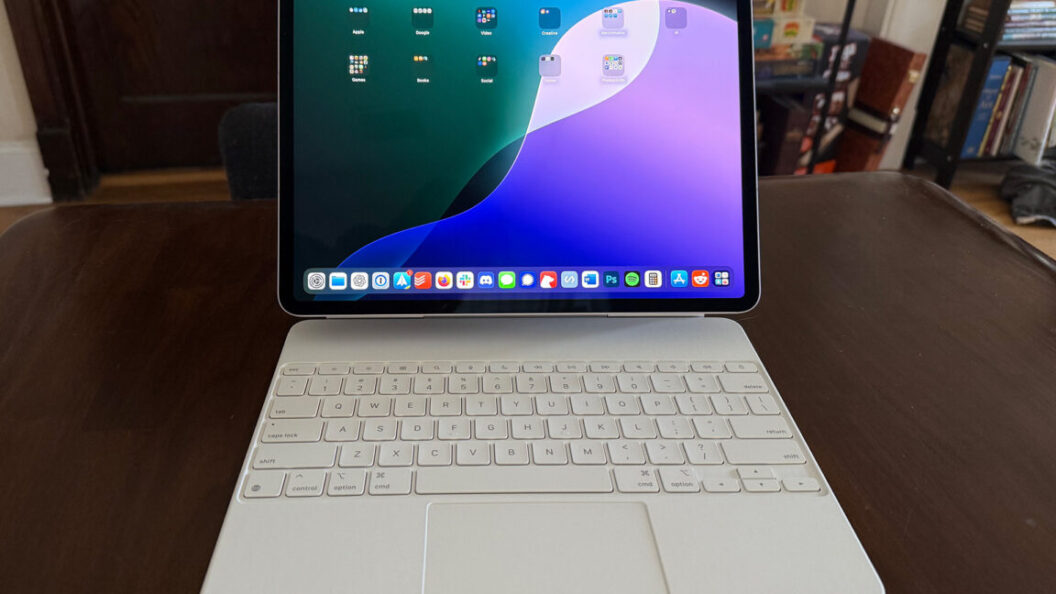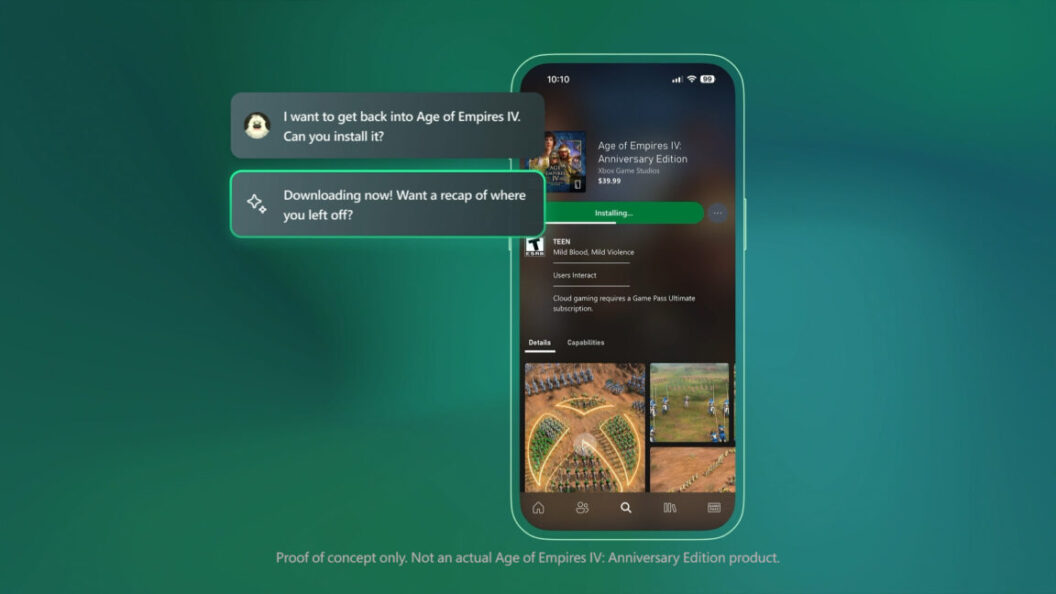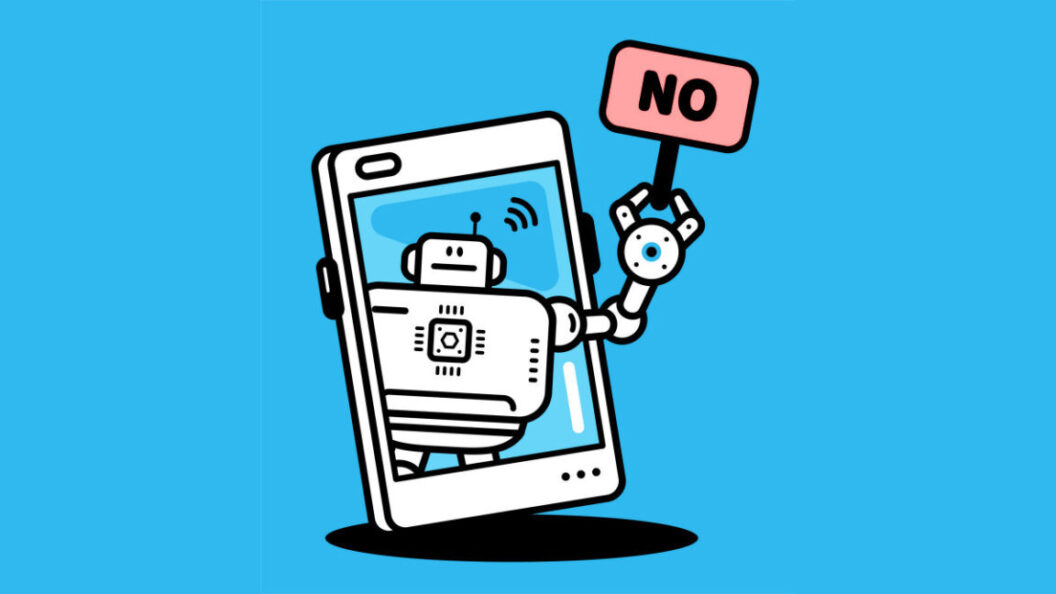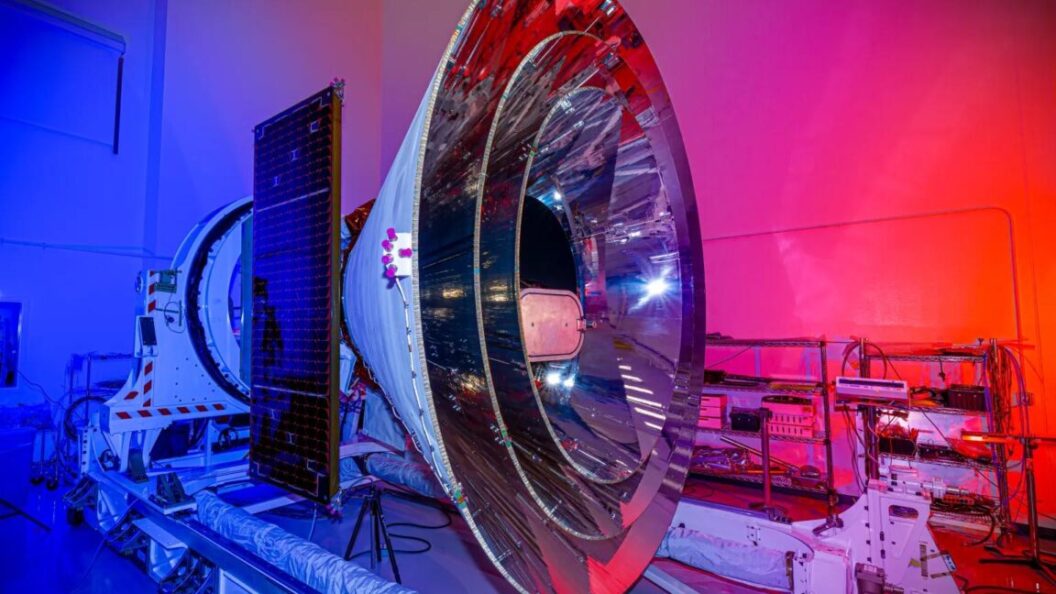Open-Source Software Compromise: Credential-Stealing Code Exposed
In a significant breach of open-source software security, attackers compromised a widely used software package known as tj-actions/changed-files, impacting over 23,000 organizations, including large enterprises. This incident marks one of the latest attacks in the ongoing threats to open-source supply chains, raising alarms within the developer community about the integrity and safety of software infrastructure.
The Attack Breakdown
The integrity of tj-actions/changed-files was undermined when attackers gained unauthorized access to a maintainer’s account. This access enabled them to introduce credential-stealing code into the software, altering the underlying tags meant to track specific code versions. The corrupt version of tj-actions pointed to a publicly available file designed to scrape the internal memory of servers utilizing the software, specifically targeting sensitive credentials, which were then logged in a highly accessible manner.
The implications of this breach are considerable, as many developers rely on tj-actions as part of their CI/CD (Continuous Integration and Continuous Deployment) strategies, implemented through GitHub Actions. The exposure of sensitive data had the potential to affect countless projects and organizational operations, underscoring the risks associated with open-source dependencies.
Impact on Developers
In a recent interview, HD Moore, founder and CEO of runZero and a recognized authority on open-source security, commented on the vulnerabilities associated with GitHub Actions. He highlighted that the nature of these actions allows them to modify the source code of the repositories they support, which includes accessing secret variables linked to workflows. Moore acknowledged the challenge developers face when securing their projects, noting, "The most paranoid use of actions is to audit all of the source code, then pin the specific commit hash instead of the tag into the workflow, but this is a hassle."
This statement resonates with many software developers who frequently balance between functionality and security. The breach underscores the necessity for rigorous security protocols in the open-source community, which can often be overlooked due to the collaborative and community-driven nature of software development.
Context and Previous Incidents
Open-source software has increasingly become a target for cyberattacks, with supply chain vulnerabilities gaining notoriety in recent years. The rise of sophisticated attacks has raised questions about the reliability of community-maintained projects and the inherent risks of using open-source dependencies in critical applications. Previous incidents, such as the SolarWinds hack and vulnerabilities discovered in other popular software libraries, have only heightened awareness of these issues.
Looking Ahead: The Need for Vigilance
The recent tj-actions breach serves as a stark reminder of the vulnerabilities tied to open-source projects and the critical importance of maintaining rigorous security protocols. Developers and organizations using open-source software must ensure that they vet dependencies thoroughly and remain vigilant against potential threats.
In summation, the significant nature of the tj-actions/changed-files compromise illustrates ongoing security challenges facing the open-source ecosystem. As reliance on open-source software continues to grow, fostering a culture of security awareness and implementing robust practices will be essential in mitigating risks for developers and enterprises alike.
The evolving landscape of cyber threats underscores the need for a proactive stance on security within open-source communities, as the balance between collaboration and safety becomes increasingly delicate.




